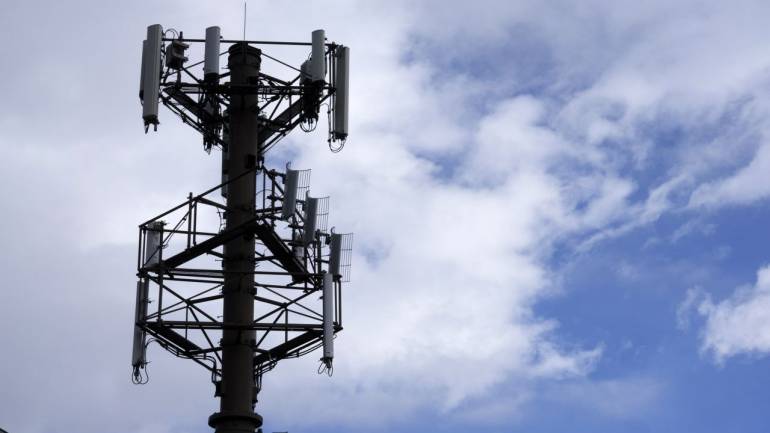The new policy replaces the National Telecom Policy-2012 and aims “to cater to the modern needs of the digital communications sector of India”


Also Read :- Honor 8C With Display Notch Launch Set for October 11, TENAA Listing Reveals Specifications
The new telecom policy, named National Digital Communications Policy-2018 and approved by the Union Cabinet Wednesday, aims to create a customer-focused 5G ecosystem driven by apps. The policy aims to provide broadband for all at 50 Mbps speed by 2022. The Telecom Commission, the apex decision-making body of the department of telecom communications that is headed by the secretary, will now be known as Digital Communications Commission.
The new telecom policy aims to attract investments of $100 billion in the sector and create 4 million jobs in the country by 2022. The government expects the investments to take the share of the sector in the country’s GDP to 8 percent from 6 percent last year.
The new policy replaces the National Telecom Policy-2012 and aims “to cater to the modern needs of the digital communications sector of India”.
The policy envisions new emerging technologies like the Internet of Things and Machine-to-Machine communication driving the telecom sector in India.
The government expects the policy to create provision for providing 1 Gbps connectivity to all gram panchayats by 2020 and 10 Gbps by 2022.
Coincidentally, the Cabinet approved the telecom policy on a day when the Supreme Court upheld the validity of Aadhar with some exceptions. The Court said it is mandatory to link Aadhar with PAN card and also provide it to secure government subsidies. At the same time, it said entities like banks, insurance companies, mobile service providers and schools could not ask for Aadhar ID.
Security of personal data linked to the Aadhar ID that almost every entity -- from a primary school to a mutual fund – had asked the people to provide has been one of the biggest concerns surrounding the unique ID.
While it remains to be seen how well the government will implement the telecom policy’s objectives, nonetheless, it aims “to establish a comprehensive data protection regime for digital communications that safeguards the privacy, autonomy and choice of individuals”.
The policy also aims to establish a National Fibre Authority.
Comments
Post a Comment